Fashion’s Futuristic Bend Evolves for 2019 and Beyond
Fashion has been obsessed with futurism for nearly a century now. The earliest visions of tomorrow’s looks were influenced by science fiction, like H.G. Wells’ The Time Machine, but with the dawn of the space age came a whole new aesthetic.

1960s designers like André Courrèges, Pierre Cardin, Emilio Pucci, and Paco Rabanne took inspiration straight from NASA, transforming the clean lines and bright white practical surfaces of spaceships and astronaut gear into avant-garde geometric silhouettes made from cutting-edge plastics. From the chain mail warrior dresses of the 1968 Roger Vadim film Barbarella to Giancarlo Zanatta’s 1978 “moon boots,” futuristic fashion imagined that high-profile space missions would guide the looks of the decades to come.

But by the time the year 1999 rolled around, space exploration became slightly less intriguing (or perhaps less relevant) to pop culture, eclipsed by fascination with computers, robots, and fictional dystopias. Now, the futuristic collections we see from major contemporary designers and design houses like Alexander McQueen, Rick Owens, Gareth Pugh, and Iris Van Herpen tend to reflect both the optimism of the space age and a certain pessimism influenced by the looming climate crisis and concerns about artificial intelligence. Here are a few examples of what that can look like.
Minimalism with an Edge
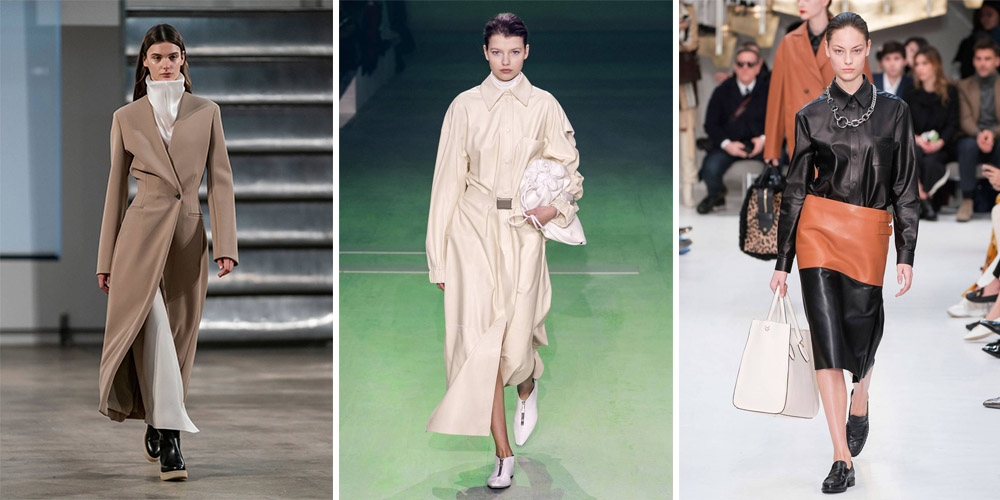
A bit more of a restrained minimalism pops up on Fall/Winter 2019 runways from The Row, Lacoste, and Tod’s, while houses like Balmain take a bit more of a dramatic approach, accenting monochromatic palettes with theatrical silhouettes and oversized accessories.
Avant-Garde Materials
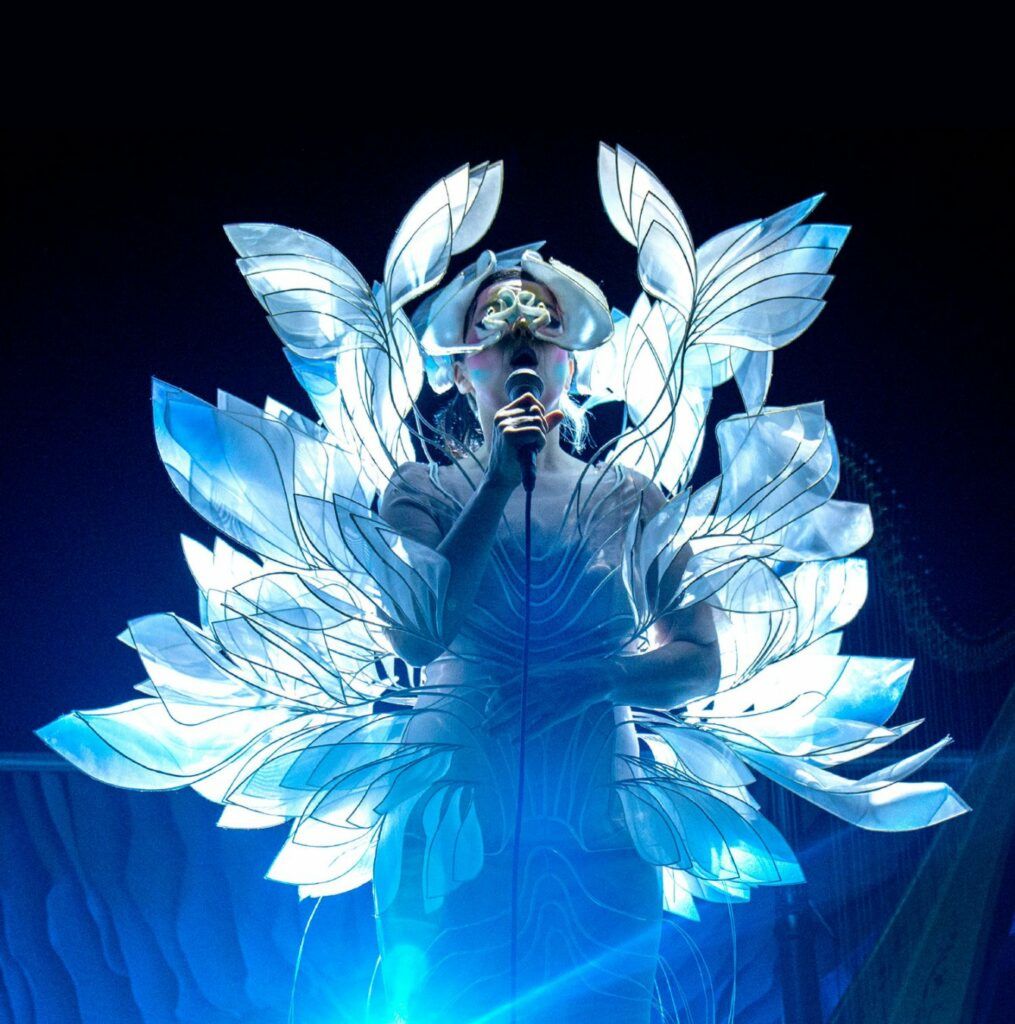
Designer Iris Van Herpen leads a new generation of fashion designers utilizing state-of-the-art technology and materials to craft garments unlike anything we’ve ever seen before. Using 3D-printing techniques, thermoplastics, LED lights, and materials more often seen in biotech than fashion, Van Herpen creates complex layered garments and experimental accessories. She’s also known for her collaborations with singer Bjork.
Post-Apocalyptic Style

Fashion fit for the end of the world certainly existed before the debut of the movie Mad Max: Fury Road in 2015, but interest in post-apocalyptic fashion has only intensified since then. Masks, goggles, upcycled materials, hazmat suits, military-inspired gear, and shredded textiles make references to the potential of a dusty, lawless, and resource-scarce future, as seen here from Boris Bidjan Saberi, Gareth Pugh, and Haider Ackerman.
NASA Collaborations Continue
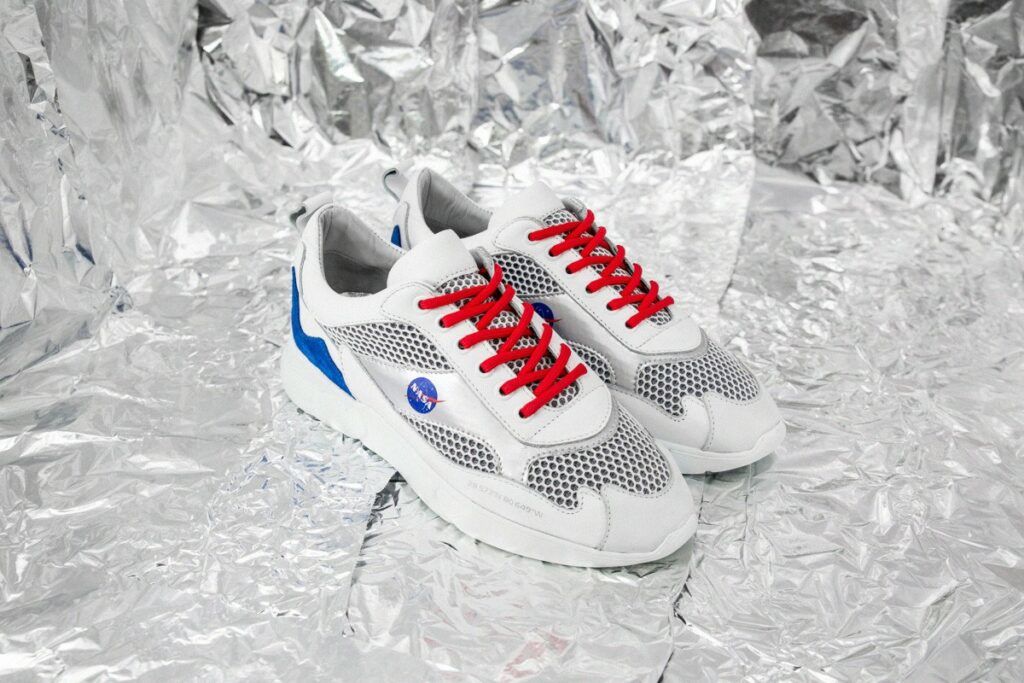
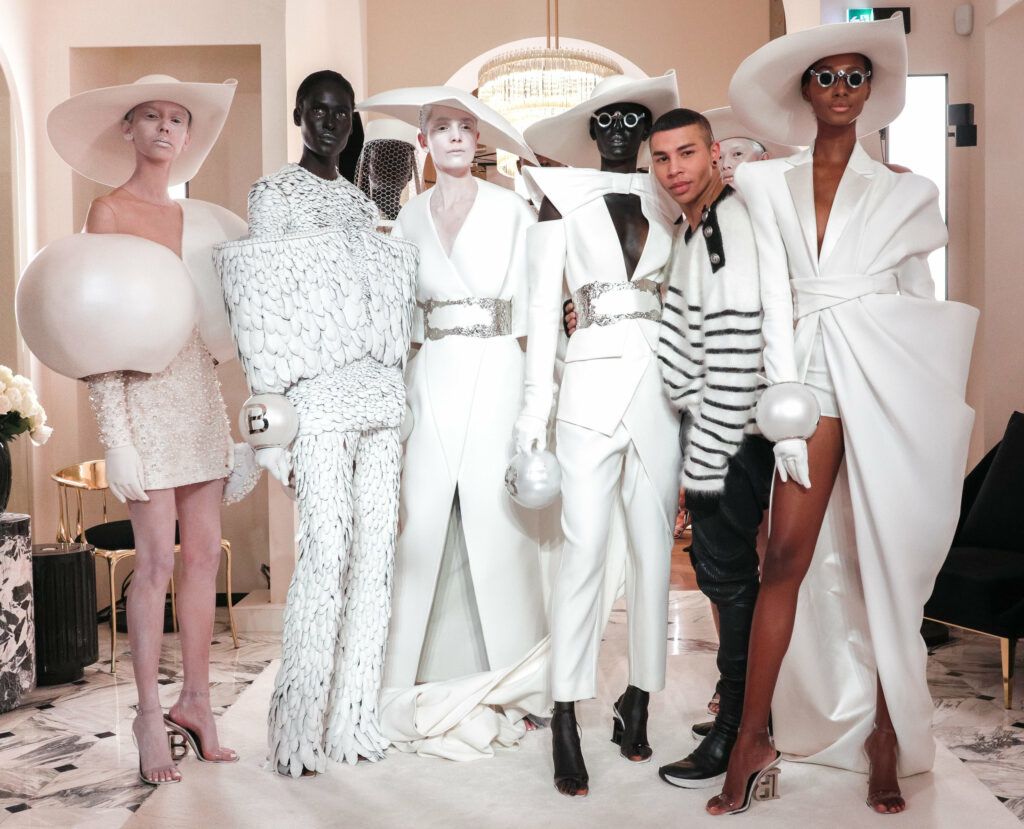
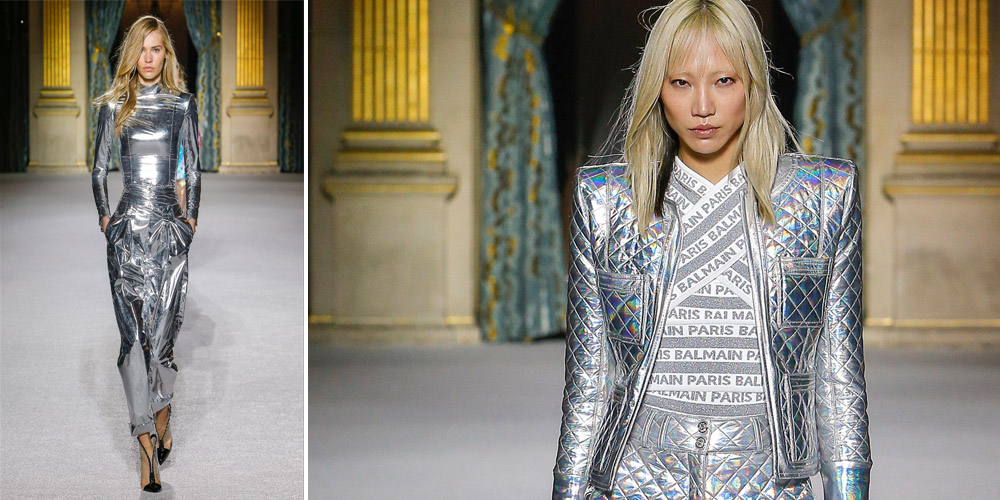
None of this is to say that brands and fashion designers aren’t still finding a muse in NASA, albeit in a way that might feel a little retro. 2019 marks 50 years since the moon landing, after all. Mercer Amsterdam commemorated the Apollo 11 mission with a classic white leather low top sneaker featuring red laces, the NASA logo, and the coordinates of the Kennedy Space Center.
Other Space Age-tinged offerings include Balmain’s holographic silvers, fashions that look like they came straight from another planet in Rick Owens’ Spring 2019 ready-to-wear collection, and Chanel’s interstellar autumn/winter 2017 show, which featured a finale with a pyrotechnic display accompanied by Elton John’s “Rocket Man.”




